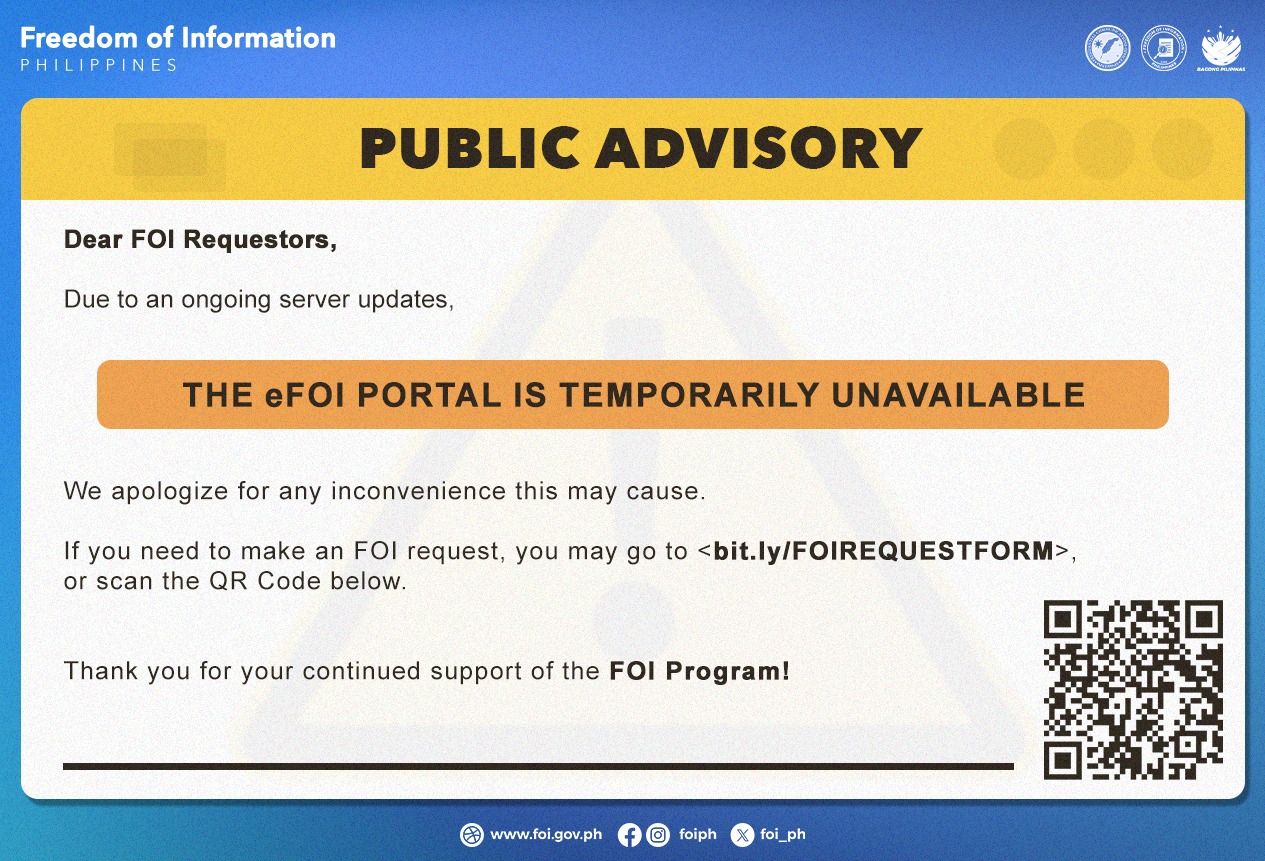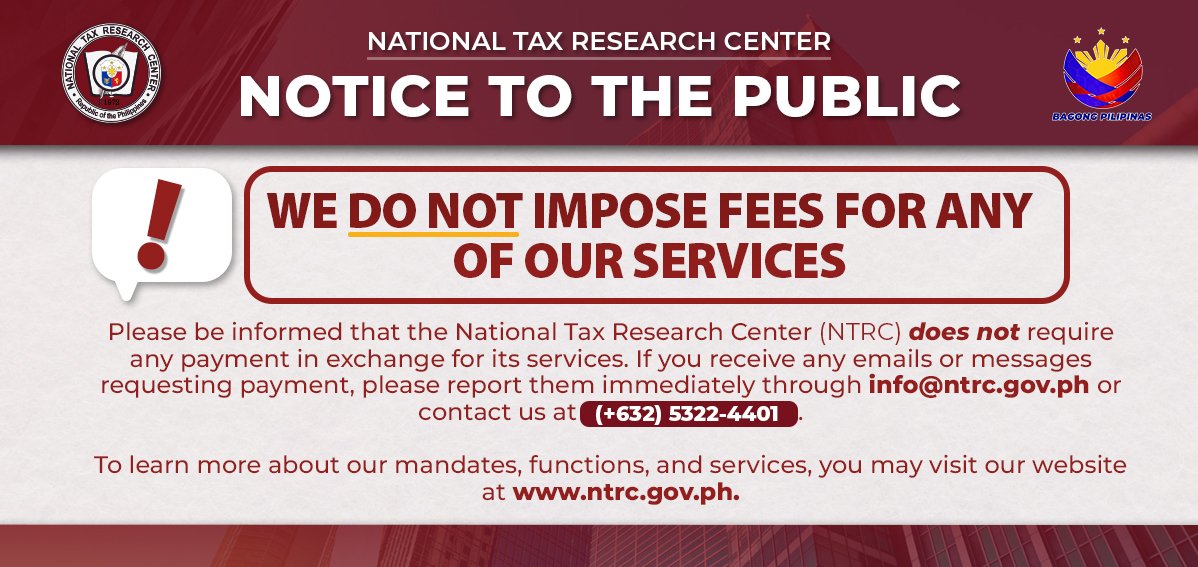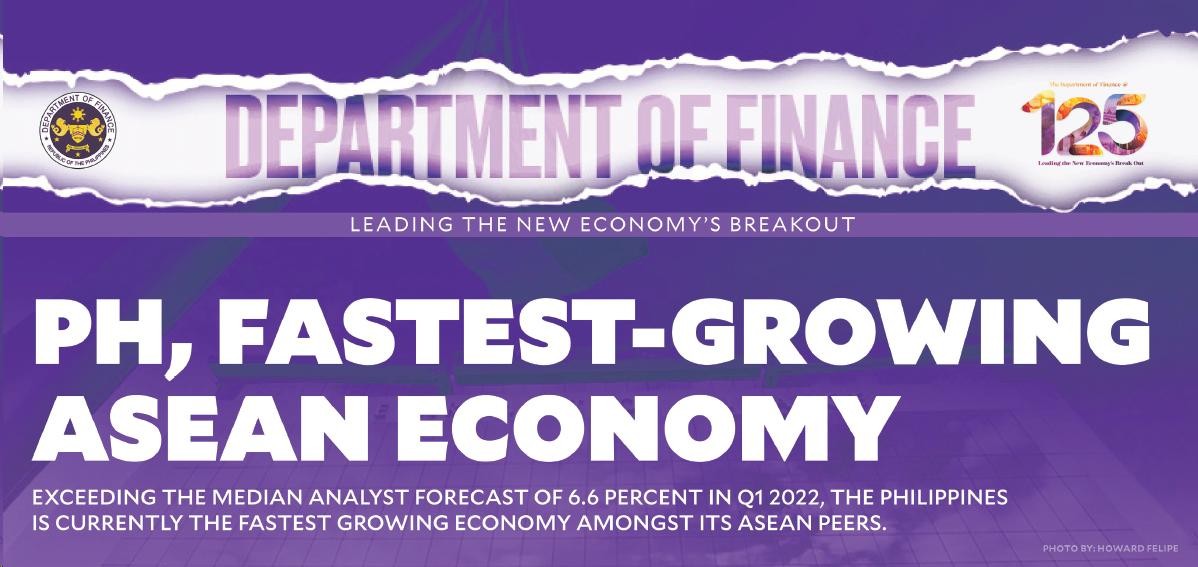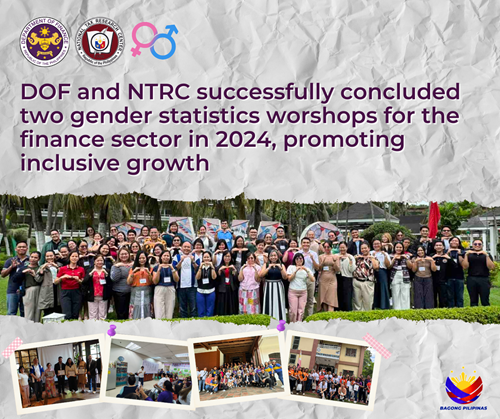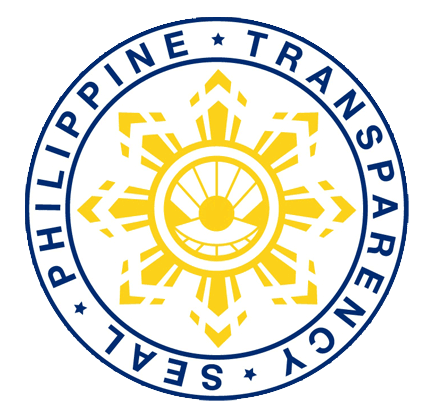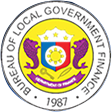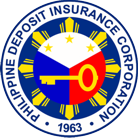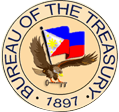DOF-DBM-NEDA Joint Circular No. 1-2013 (January 30, 2013) – Implementing Rules and Regulations of Administrative Order No. 31, Series of 2012, on the Rationalization of Rates of Fees and Charges, Increase in Existing Rates, and Imposition of New Fees and Charges.
Administrative Order No. 31 (October 01, 2012) – directs and authorizes all heads of departments, bureaus, commissions, agencies, offices and instrumentalities of the national government, including government-owned and/or controlled corporations (GOCCs), to rationalize the rates of their fees and charges, increase their existing rates and impose new fees and charges;
Features of AO 31 and its IRR
- Repeals Memorandum Circular No. 137, s. 2007 which requires NEDA Board clearance prior to the imposition/increase in fees
- Provides for the creation of Revision of Fees Committee per agency to undertake review/revision of fees
- In the determination of rates, agencies have to strike a balance between recovering the costs of services rendered and the socio-economic impact of their imposition to stakeholders
NEDA Circular No. 01-2007 (October 31, 2007), as amended by NEDA Circular No. 01-2008 (July 25, 2008), and further amended by NEDA Circular No. 1-2010 (August 11, 2010) - Guidelines for the evaluation of new or increased fees proposed by departments, bureaus, commissions, agencies, offices and instrumentalities of the national government including GOCCs requiring prior NEDA Board Clearance under Memorandum Circular (MC) No. 137, Series of 2007
Memorandum Circular No. 137 (July 30, 2007) - requires all heads of departments, bureaus, commissions, agencies, offices, and instrumentalities of the National Government including GOCCs to seek prior clearance from the National Economic and Development Authority (NEDA) Board before authorizing the imposition of new fees or increases in existing fees.
DOF-DBM Joint Circular No. 2-2004 (December 6, 2004) – reminder to all departments, bureaus, commissions, agencies, offices to implement the provisions of EO 197;
DOF Memorandum Circular No. 1-2001 (November 7, 2001) – Supplemental Guidelines to Facilitate the Monitoring of Collections from Fees and Other Charges;
DOF-DBM Joint Circular No. 2000-2 (April 4, 2000) – Implementing Rules and Regulations for Executive Order Nos. 197 and 218;
Executive Order No. 218 (March 15, 2000) - reactivates the Task Force on Fees and Charges, expands its memberships and functions and provides guidelines for review of proposed increase in fees by NGAs and GOCCs under EO 197;
Executive Order No. 197 (January 13, 2000) – directs all departments, bureaus, commissions, agencies, offices and instrumentalities of the national government including GOCCs to increase rates of fees by not less than 20%;
Administrative Order No. 255 (February 20, 1996) – creates a Task Force on the Revision of Fees and Charges;
Executive Order No. 159 (February 23, 1994) – directs all departments, bureaus, commissions, agencies, offices and instrumentalities of the national government including GOCCs to increase rates of fees by not less than 20%;
Presidential Memorandum Circular No. 121 (November 2, 1990) – directs all departments, bureaus, commissions, agencies, offices and instrumentalities of the national government including GOCCs to revise fees at just and reasonable rates sufficient to cover administrative cost;
Presidential Memorandum Circular No. 115 (April 24, 1990) – authorizes departments, bureaus, offices, and agencies to increase fees by not more than 10%;
Executive Order No. 292 s. 1987 (Administrative Code of 1987) – Sec.54, Chapter 12, Book IV – authorizes heads of bureaus, offices or agencies, upon approval of the department head, to charge and collect the cost of the services rendered by them;
Batas Pambansa Blg. 325 (December 27, 1982) – authorizes heads of ministries, offices, agencies and commissions of the national government, Supreme Court and Constitutional Bodies to revise fees and charges at rates sufficient to cover administrative cost and where practicable, be uniform for similar or comparable services/functions;
.png)

